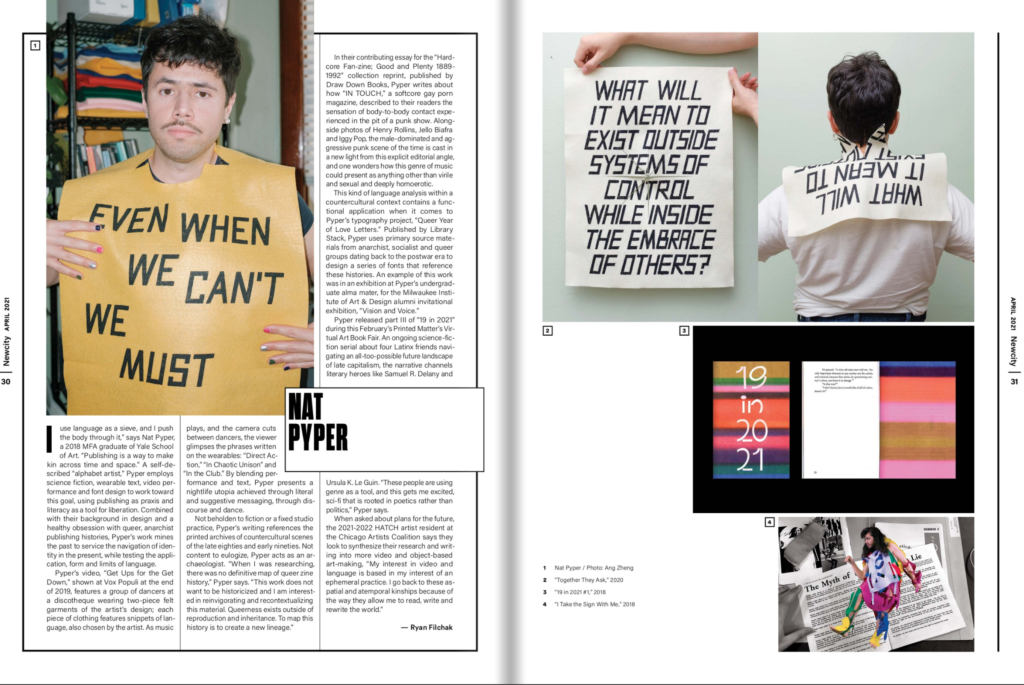Breakout Artists 2021: Chicago’s Next Generation of Image Makers
for Newcity Art, March 2021
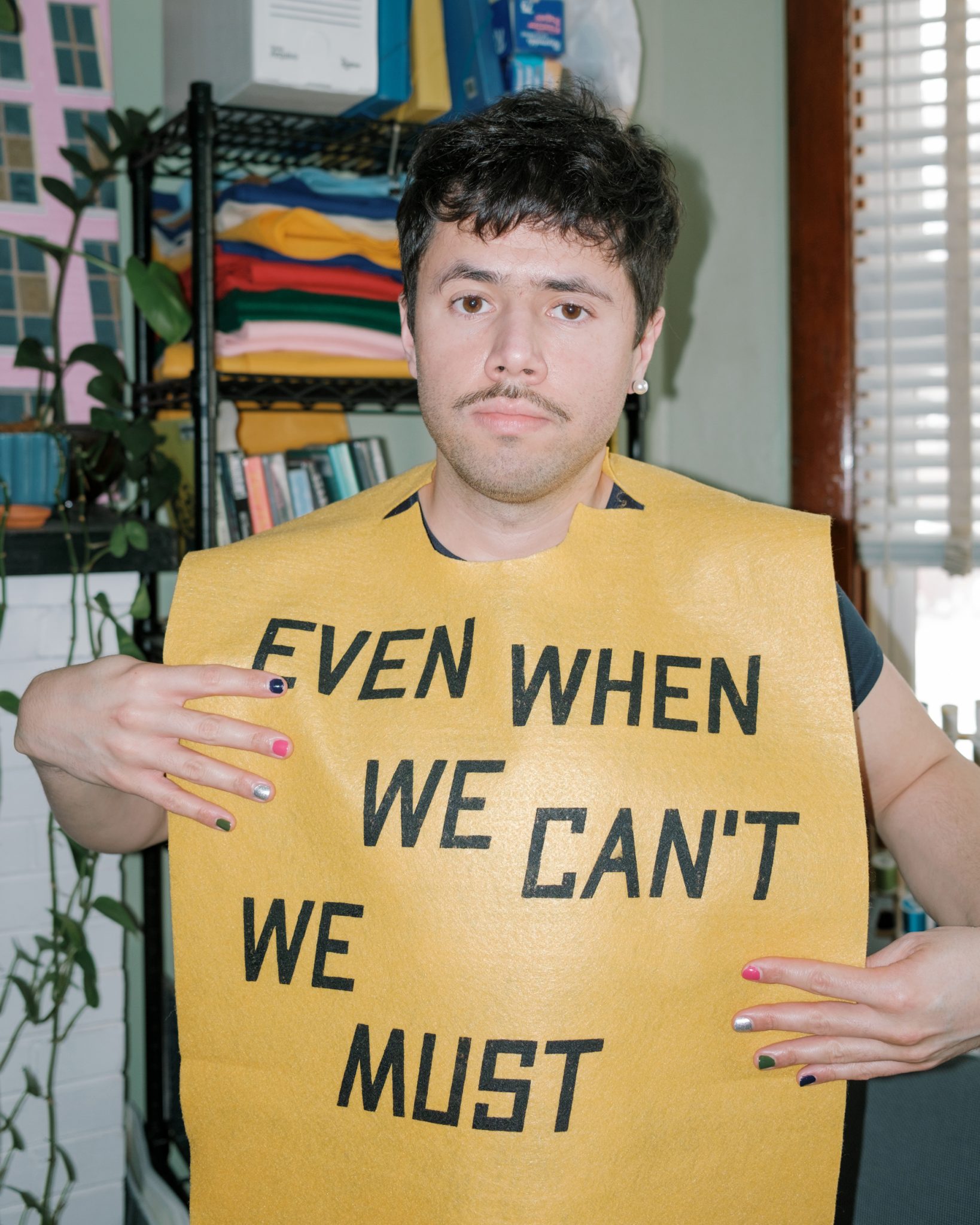
Nat Pyper
“I use language as a sieve, and I push the body through it,” says Nat Pyper, a 2018 MFA graduate of Yale School of Art. “Publishing is a way to make kin across time and space.” A self-described “alphabet artist,” Pyper employs science fiction, wearable text, video performance and font design to work toward this goal, using publishing as praxis and literacy as a tool for liberation. Combined with their background in design and a healthy obsession with queer, anarchist publishing histories, Pyper’s work mines the past to service the navigation of identity in the present, while testing the application, form and limits of language.
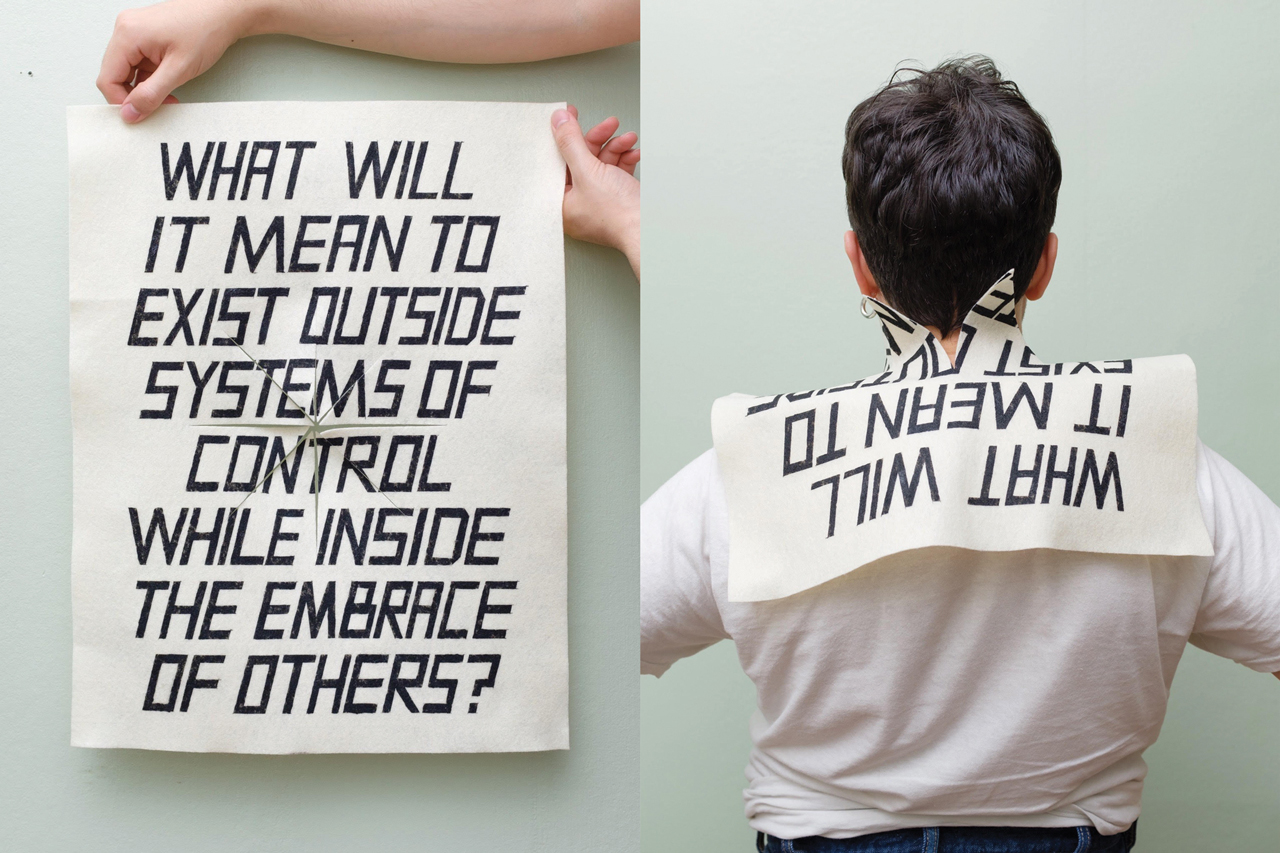
Pyper’s video, “Get Ups for the Get Down,” shown at Vox Populi at the end of 2019, features a group of dancers at a discotheque wearing two-piece felt garments of the artist’s design; each piece of clothing features snippets of language, also chosen by the artist. As music plays, and the camera cuts between dancers, the viewer glimpses the phrases written on the wearables: “Direct Action,” “In Chaotic Unison” and “In the Club.” By blending performance and text, Pyper presents a nightlife utopia achieved through literal and suggestive messaging, through discourse and dance.
Not beholden to fiction or a fixed studio practice, Pyper’s writing references the printed archives of countercultural scenes of the late eighties and early nineties. Not content to eulogize, Pyper acts as an archaeologist. “When I was researching, there was no definitive map of queer zine history,” Pyper says. “This work does not want to be historicized and I am interested in reinvigorating and recontextualizing this material. Queerness exists outside of reproduction and inheritance. To map this history is to create a new lineage.”
In their contributing essay for the “Hardcore Fan-zine; Good and Plenty 1889-1992” collection reprint, published by Draw Down Books, Pyper writes about how “IN TOUCH,” a softcore gay porn magazine, described to their readers the sensation of body-to-body contact experienced in the pit of a punk show. Alongside photos of Henry Rollins, Jello Biafra and Iggy Pop, the male-dominated and aggressive punk scene of the time is cast in a new light from this explicit editorial angle, and one wonders how this genre of music could present as anything other than virile and sexual and deeply homoerotic.
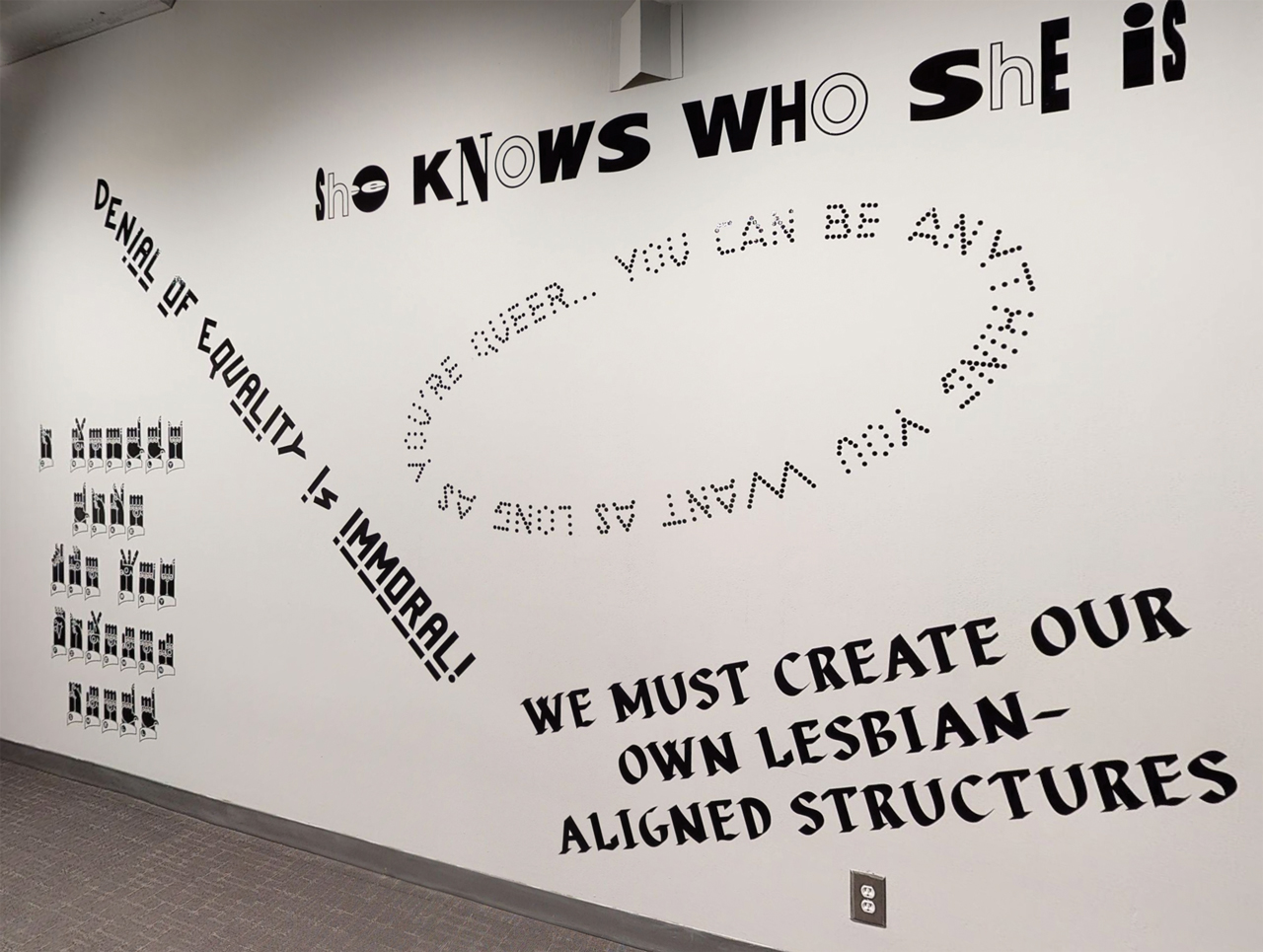
This kind of language analysis within a countercultural context contains a functional application when it comes to Pyper’s typography project, “Queer Year of Love Letters.” Published by Library Stack, Pyper uses primary source materials from anarchist, socialist and queer groups dating back to the postwar era to design a series of fonts that reference these histories. An example of this work was in an exhibition at Pyper’s undergraduate alma mater, for the Milwaukee Institute of Art & Design alumni invitational exhibition, “Vision and Voice.”
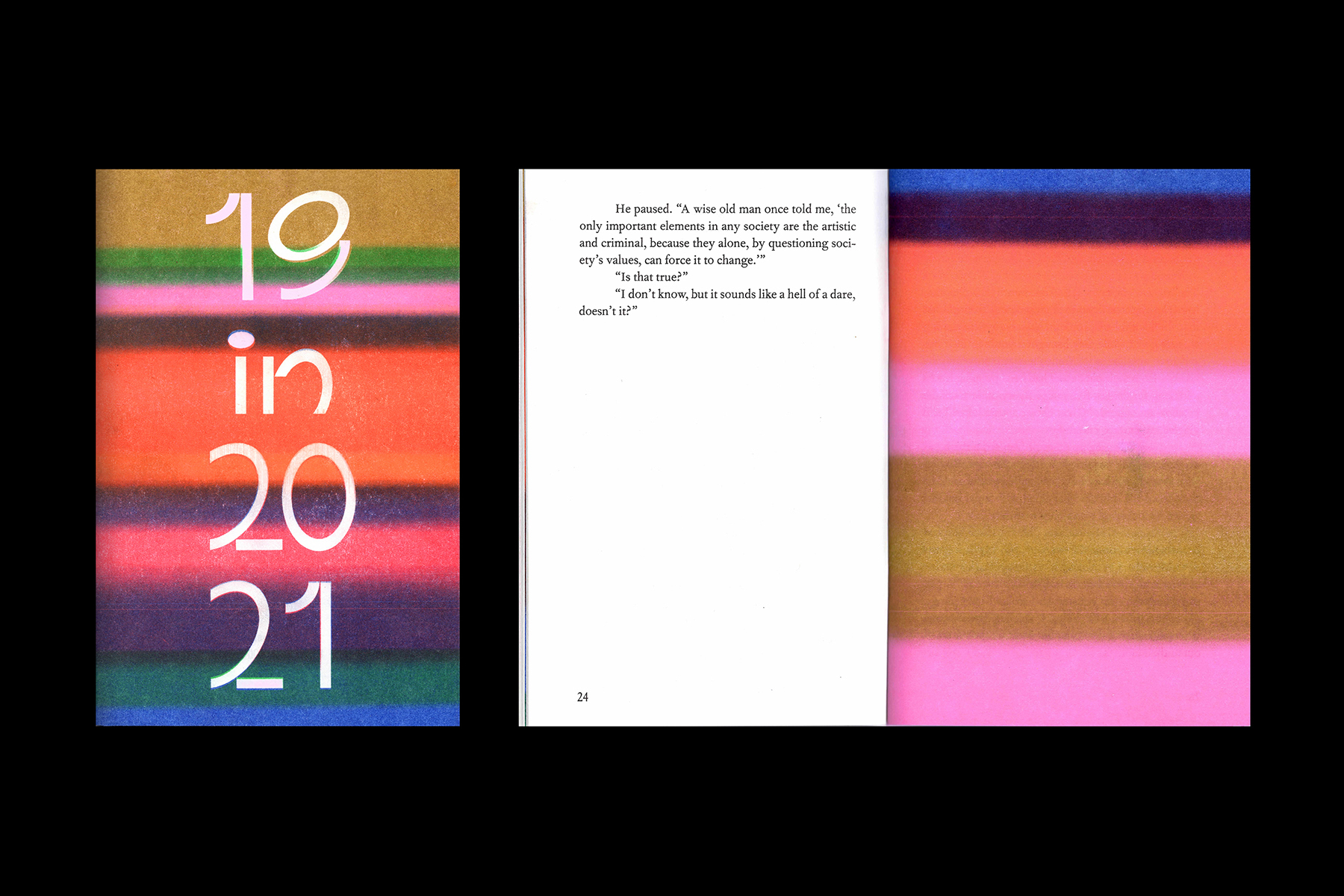
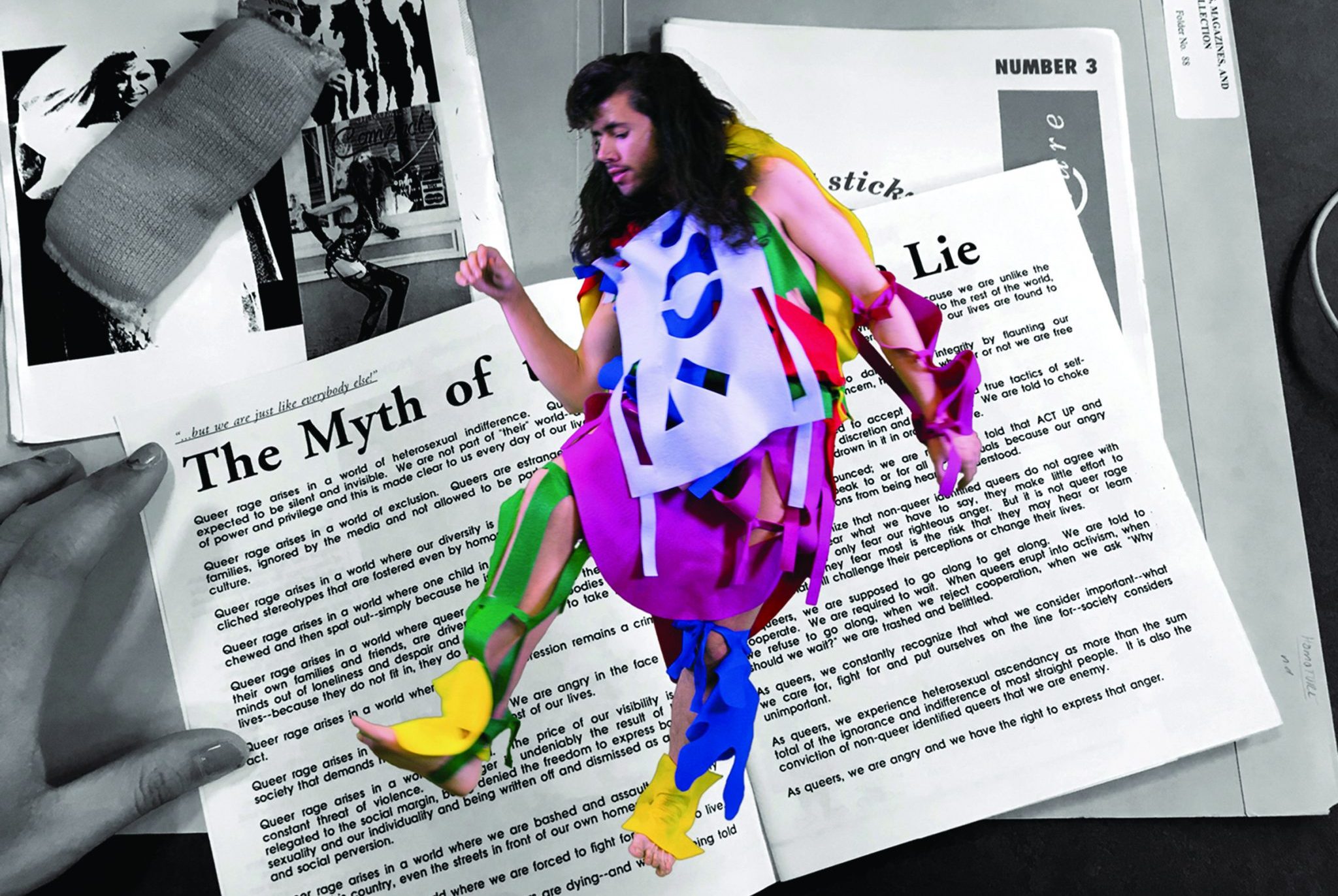
Pyper released part III of “19 in 2021” during this February’s Printed Matter’s Virtual Art Book Fair. An ongoing science-fiction serial about four Latinx friends navigating an all-too-possible future landscape of late capitalism, the narrative channels literary heroes like Samuel R. Delany and Ursula K. Le Guin. “These people are using genre as a tool, and this gets me excited, sci-fi that is rooted in poetics rather than politics,” Pyper says.
When asked about plans for the future, the 2021-2022 HATCH artist resident at the Chicago Artists Coalition says they look to synthesize their research and writing into more video and object-based art-making, “My interest in video and language is based in my interest of an ephemeral practice. I go back to these aspatial and atemporal kinships because of the way they allow me to read, write and rewrite the world.”
